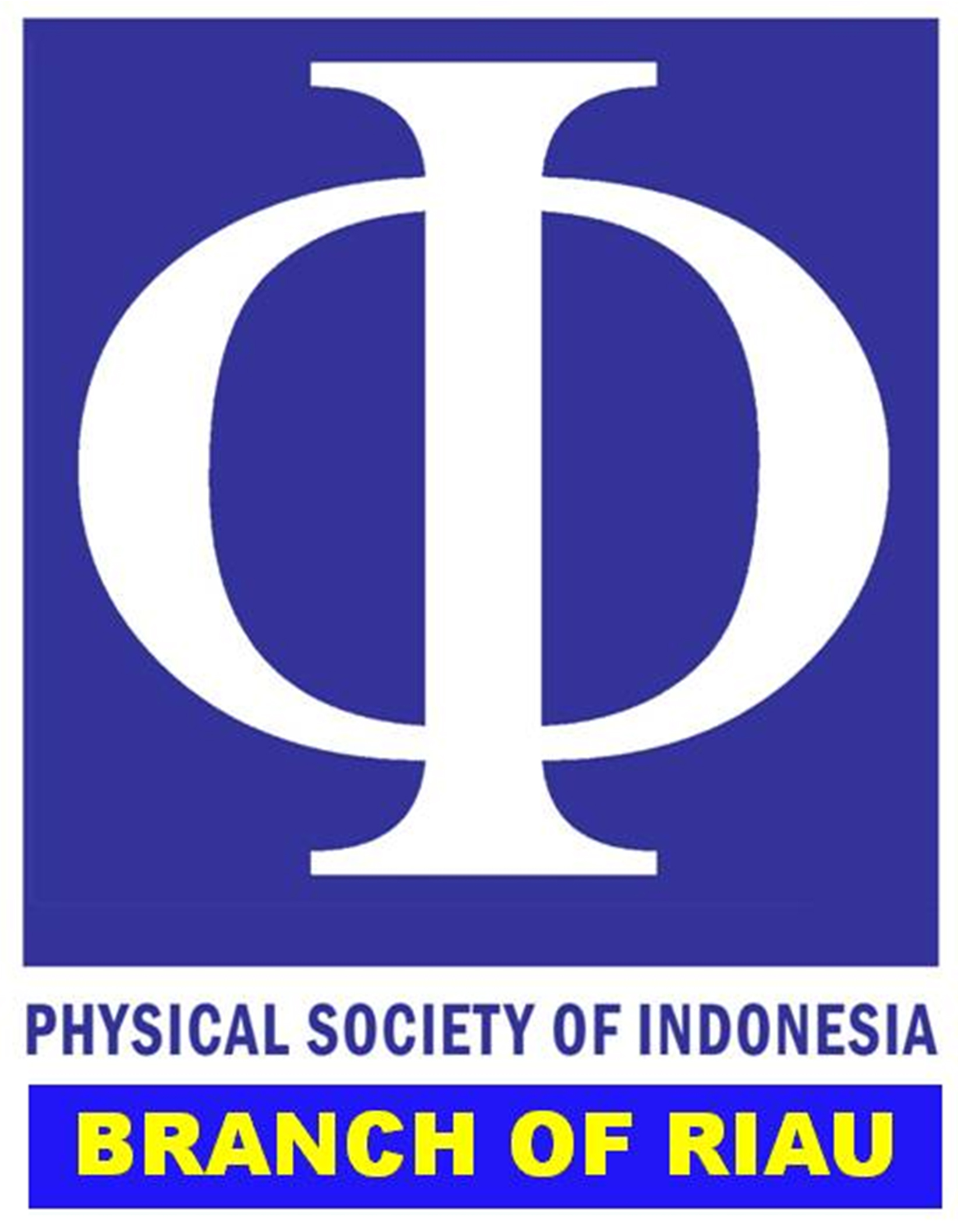Comparison of electrochemical performance of supercapacitor electrodes based on electrolyte solution variation
Abstract
The increasing global energy demand has accelerated the progress of renewable energy technologies and the creation of effective energy storage solutions such as supercapacitors. In this study, biomass obtained from the peel of the matoa fruit (Pometia pinnata) was employed as a raw material to produce activated carbon for supercapacitor electrodes. The preparation process consisted of an initial carbonization step, followed by chemical activation using a 0.7 M potassium hydroxide (KOH) solution, and then additional carbonization and physical activation stages. The synthesized material was characterized through density measurements and electrochemical testing, including cyclic voltammetry (CV) and galvanostatic charge-discharge (GCD) methods, conducted with KOH electrolytes at concentrations of 2 M, 4 M, and 6 M. Results demonstrated that combining chemical activation with pyrolysis yielded better outcomes than physical activation alone, as shown by a decrease in activated carbon density, indicating enhanced porosity and surface area. CV analysis revealed that increasing the KOH electrolyte concentration improved the supercapacitor’s performance, reflected in higher specific capacitance during charge-discharge cycles. Moreover, GCD experiments showed that electrodes treated with 6 M KOH electrolyte achieved the greatest specific capacitance, energy density, and power density, recorded at 170.52 F/g, 23.68 Wh/kg, and 580.00 W/kg, respectively. These findings highlight that activated carbon derived from matoa fruit peel is a highly promising material for supercapacitor electrodes, combining excellent electrochemical characteristics, efficiency, and stable cycling behavior.
Keywords
Activated carbon; electrolyte; matoa fruit peel; supercapacitor
DOI: http://dx.doi.org/10.31258/jkfi.22.2.133-140
Refbacks
- There are currently no refbacks.

This work is licensed under a Creative Commons Attribution-NonCommercial 4.0 International License.
Indexing by:








